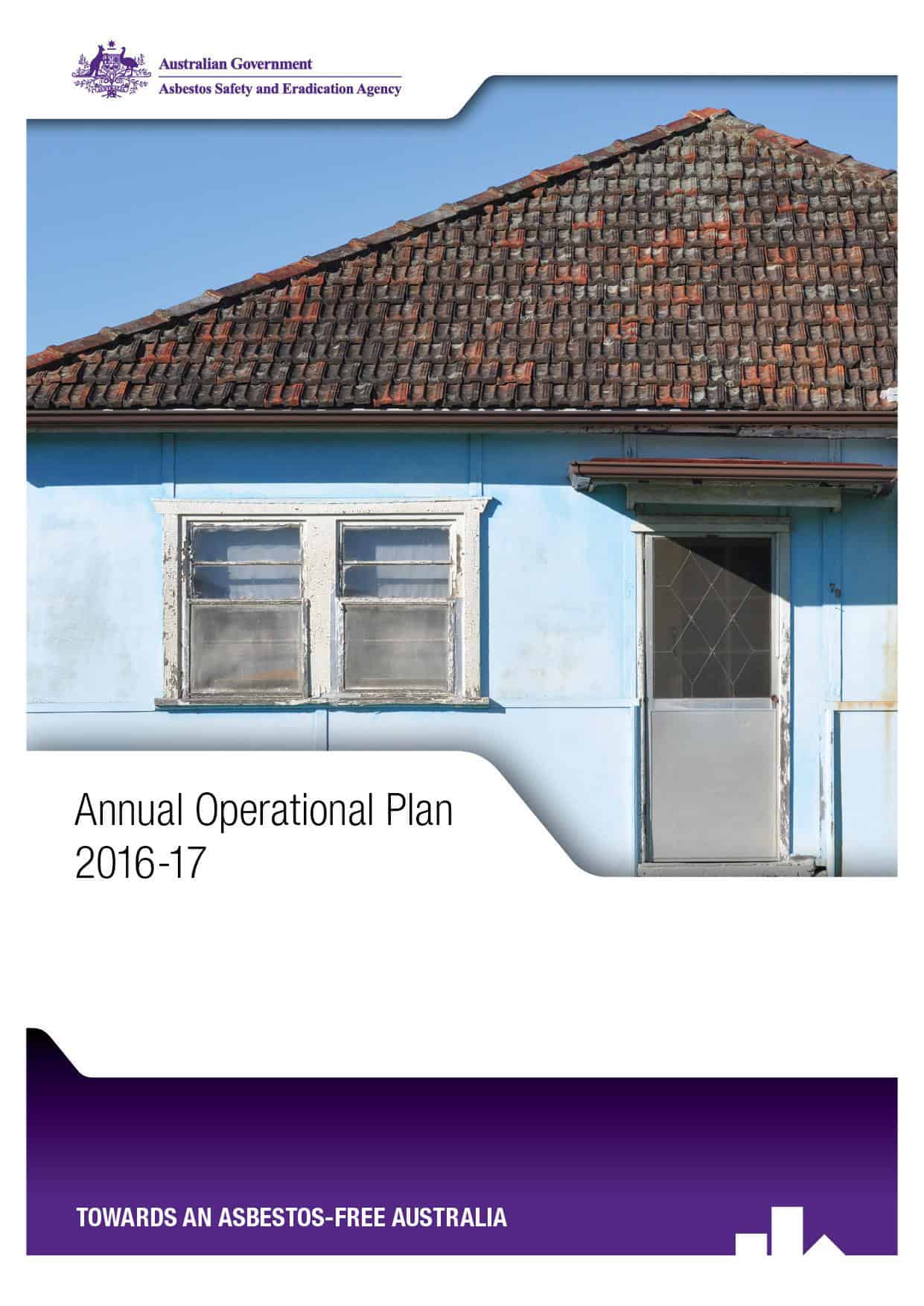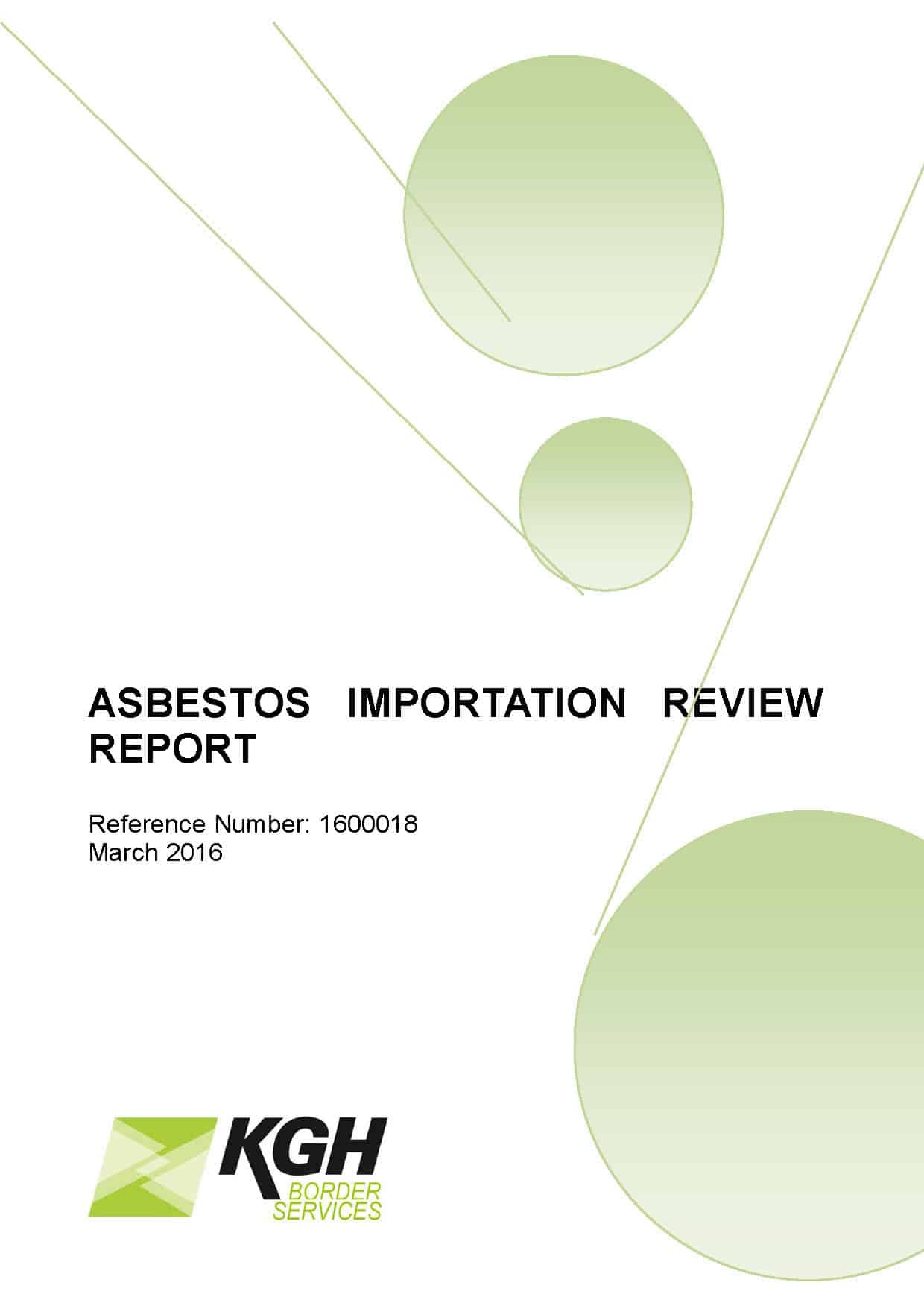Australia’s emergency services have had several reviews into accusations of workplace bullying, harassment, mental health or suicides. Melbourne’s Metropolitan Fire Brigade (MFB) is the latest to undergo this type of review but the United Firefighters Union (UFU) is not happy about the release of the final report, which was due out today. If the final report is consistent, a dysfunctional safety culture will be found.
According to a report in the ABC news website, the review was
“…headed by clinical psychologist Dr Peter Cotton, who wrote a similar report for Victoria Police.” [link added]
SafetyAtWorkBlog readers may recall that an earlier article on psychologically healthy workplaces included this mention of Dr Cotton
“[Dr Chris] Stevens is not blind to the shortcomings of some of the trends in the area of psychologically healthy workplaces. He agreed that the modern workplaces and workers are subject to over-diagnosis of mental health issues and paraphrased some of the work of Dr Peter Cotton who estimated around 30% of workers compensation claims for psychological injury relate to low morale and not psychiatric diagnosis.”
Continue reading “Work-related suicides in another militarily-structured organisation”

 injury or death. The reasons given are almost always social ones, external to the workplace. A
injury or death. The reasons given are almost always social ones, external to the workplace. A 


